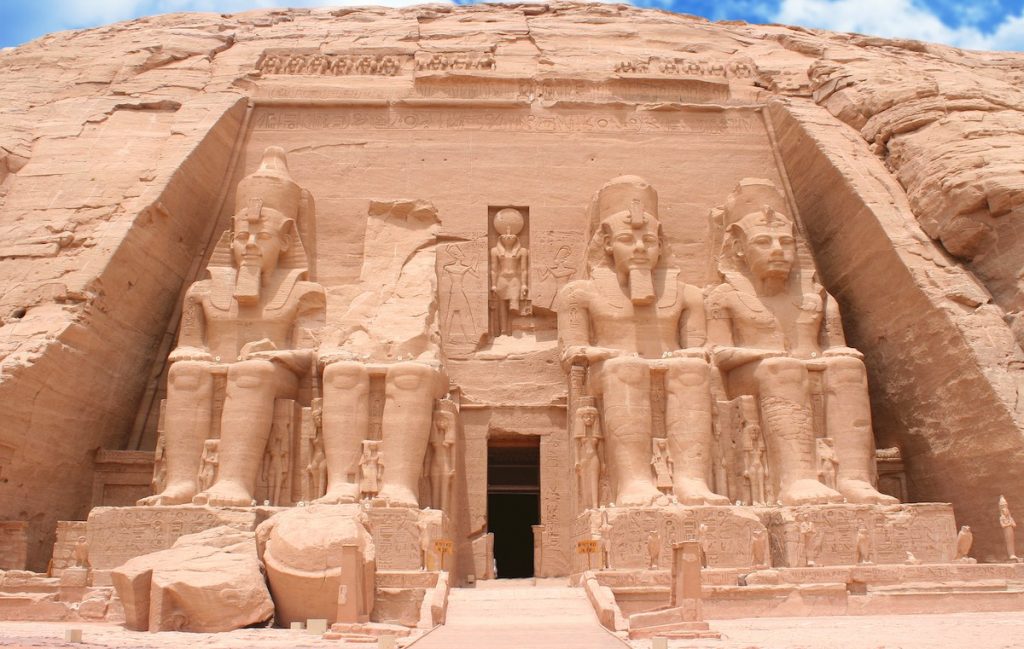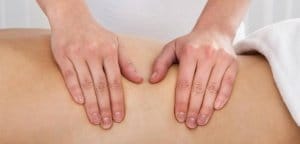Skin Apeel
-
21301 Powerline Road,
Suite 215 Boca Raton, FL 33433 - Phone: (561) 852-8081
- Email: [email protected]

Although many people are not aware of the benefits of reflexology, they can be life-changing. But this is not some newfound therapy that just hit the market. In fact, reflexology is one of the oldest forms of treatment. Learn about the history of the therapy and how it has changed over time.

As early as 4000 B.C, the Chinese practiced a form of reflexology. Evidence shows that the locals practiced foot and hand therapy to relieve certain conditions. In Egypt, the same treatment was occurring during the same period. You can see drawings demonstrating reflexology techniques on the tomb of Ankmahor. It is impossible to say which culture created the methods. In fact, it’s impossible to say whether another culture practiced the techniques before the Chinese or the Egyptians. Only one thing is certain – the therapy persisted over millenniums.
Over time, reflexology techniques traveled. They made their way over to the North American Indians. For hundreds of years, they used a foot therapy that resembles some modern reflexology techniques. In the 1500s, Zone Therapy became popular in the civilized world. It was so well-known that two doctors published a book about it in the 1500s.
There wasn’t much talk about reflexology in Western culture for centuries. However, it reappeared in the 1900s, thanks to Dr. William Fitzgerald. He rediscovered the therapy and brought it to the attention of the medical world in the early 1900s. In 1915, an article about Zone Therapy appeared in a free magazine. This brought awareness of the therapy to the world. After the article appeared, Dr. Fitzgerald wrote two books on the subject.
Despite having an increased awareness of Zone Therapy, society didn’t completely accept it. Until the early 1930s, the medical community doubted the benefits of reflexology. It was a controversial subject that only a few experts embraced. After experts like Eunice Ingham spoke up about it, the field started to become more popular. She had such a significant role in the development of the therapy that people consider her the founder of modern-day reflexology. She gave seminars and workshops. During her seminars and workshops, she taught professionals how to use reflexology to benefit their patients.

This therapy has grown to include many different techniques. However, all the techniques can be split into one of two categories: Eastern and Western techniques.
There is a distinct difference between Eastern and Western techniques. For example, consider the difference between Rwo Shur and the Ingham Method. Rwo Shur is an Eastern method. Often, people in China and Singapore use this style of therapy. It involves many thumb-sliding techniques and pressure. At times, the therapist uses knuckles or a wooden stick to apply pressure. In general, the pressure is firm, and the motion is flowing. This type of session usually lasts for approximately 30 minutes. If you’re looking for relaxation, then Rwo Shur might not be for you. The technique is more about stimulation than calming yourself.
Although Rwo Shur is an Eastern method, a Westerner developed it. A Swiss missionary picked up on some of Taiwan’s reflexology and developed his own approach. He taught others how to use the therapy to treat those in need of help.
Western therapy is the more common of the two styles. Known as the Ingham Method, the technique has a few key differences to the Eastern style. Specifically, this style focuses more on thumbwalking. The thumb bends and straightens as it applies steady pressure to your foot. Usually, sessions last about an hour. Instead of focusing on stimulation, the therapy focuses on relaxation. If the treatment becomes painful, then the therapist eases the pressure. Your therapist will work with your pain tolerance to make sure that you remain relaxed.
The Western style is attributed to the work of Eunice Ingham. In her 40 years as a champion for reflexology, she developed some incredible techniques.
Today, reflexology continues to evolve. Although the old techniques are still useful, therapists explore other ways that you can use this ancient art to change your life. For example, consider the development of Ayurvedic Reflexology. This style blends philosophies of the East and West. People are only starting to realize the many benefits of this style of therapy.
Another advancement involves the use of acupressure points and energy therapies. When you combine the Ancient Chinese philosophies of energy with reflexology, you get a powerful tool. It takes the treatment to a whole new level. Similarly, therapists now experiment with magnets and special oils. When they apply them to your reflexes, therapists can improve the balance and flow of their clients.
Finally, there is the advancement of hand and ear reflexology. Although these therapies existed, they were not popular until recent years. Your therapist might use hand or ear techniques in addition to foot techniques.